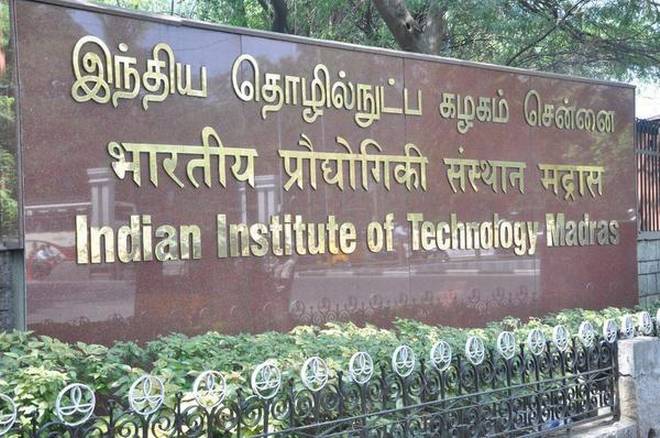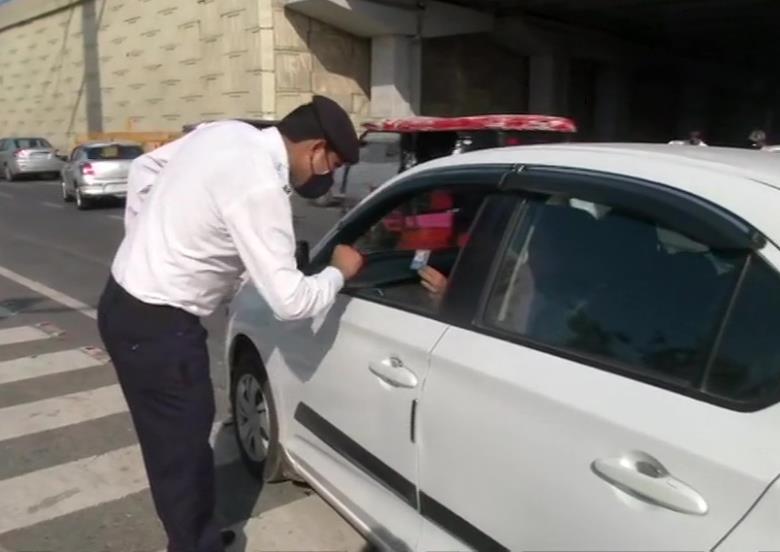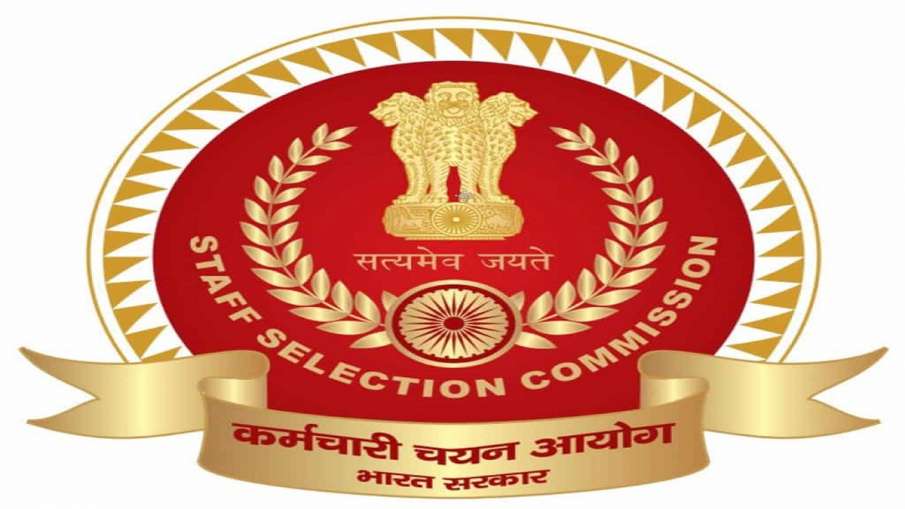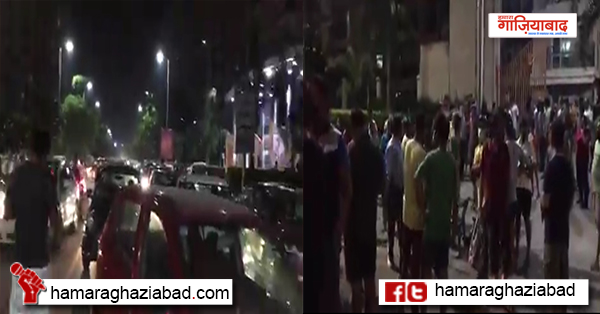SC and ST communities have significantly poor acceptance rate although reservation-mandated seats for OBCs were filled
Students from the Scheduled Caste (SC) and Scheduled Tribe (ST) communities have significantly poor representation and acceptance rate in Ph.D programmes at the Indian Institute of Technology (IIT) Madras, analysis of data obtained through the Right to Information (RTI) Act revealed.
The analysis was based on data provided by IIT Madras regarding 2,195 admissions made from 54,462 applicants in the five-year period from 2015 to 2019.
The data showed that SC students numbered only 7.6% and STs were just 1.2%. The reservation policy requires that 15% of seats be allocated to SCs and 7.5% to STs.
Moreover, the data showed a significant difference in the acceptance rate, which refers to the number of students admitted for every 100 applicants. While General Category (GC) students, which in the case of the IITs predominantly refers to those from historically privileged communities, had an acceptance rate of 4.4%, it was 2.9% for SCs and 2.7% for STs.
Only 167 of the 5,855 SC applicants and 27 of the 991 ST applicants were selected.
Interestingly, the institution had filled the reservation-mandated seats for Other Backward Classes (OBCs), thanks to nine of the 16 departments that managed to fill the seats. . 29.8% of the seats went to OBC candidates against the 27% of minimum allocation to be done as per reservation norms. The remaining 61.6% seats went to the GC category.
Though IIT Madras had admitted 3,874 Ph.D. scholars from 2015 to 2019 according to the data submitted by the Ministry of Education in the Parliament last year, it provided community-wise data on applications and admissions for only 2,195 admissions (57% of the total).
Despite appeals through RTI, a few of the 16 research departments in IIT Madras did not give data for some semesters. For the Mathematics Department, the administration said it had data for only one semester.
It can be noted, however, that the RTI data followed a fairly similar pattern to that of the data submitted to the Parliament in terms of seat allocation. Of the 3,874 admissions, 64.4% went to the GCs, 27.9% to OBCs, and only 6.4% to SCs and 1.3% to STs.
The RTI data threw light on how the difference in acceptance rate was more pronounced in some departments.
For instance, in Aerospace Engineering (AE), the acceptance rate was 6.6% for GCs and only 1.7% for SCs. In absolute numbers, only five of the 292 SC applicants were selected. In contrast, 100 applicants were selected from the 1,520 GC candidates.
A stark difference in acceptance rate was also observed in Applied Mechanics, Electrical Engineering, Humanities and Social Sciences, and Management Studies, between GC and SC applicants.
The Department of Computer Science and Engineering had one of the highest number of applicants from SC and ST categories. From the 755 SC applicants, only four were selected and from 136 ST applicants, none were selected. While the overall acceptance rate was lower in the department, it was lower still for SC and ST applicants.
Engineering Design and Mechanical Engineering were among the exceptions, with similar acceptance rates for all categories. While most departments had poor acceptance rates for STs, departments like Physics, Metallurgical and Materials Engineering, and Ocean Engineering, had better acceptance rates for SCs. Consequently, they came closer to filling seats as per the reservation rules.
Ruling out the possibility that the difference in acceptance rate was due to selection bias, Bhaskar Ramamurthi, Director, IIT Madras, said that the institution in fact adopted a strategy of calling a high percentage of SC and ST applicants for interview.
He said that an internal analysis of the past three years of data showed that SC and ST candidates were roughly 10% and 1.7% of the total applicants to the institution. He said that while 32% of applicants were called for an interview overall, the rate was 65% for SC and ST candidates.
“Only 25 to 30% of those from SC/ST categories who are called attended the interview,” he said. While the percentage selected among those interviewed was 24% overall, it was 16% for the reserved categories. “The acceptance rate for SC/ST is therefore not lower given that the calling rate is double,” he said.
On how the institution filled the seats reserved for OBC with the acceptance rate being better, he said, “We do not know why, but are happy that this is so.”With Thanks-The Hindu
Your support – what is your opinion about these news. Tell us in the comment box on Facebook. Like our Facebook page to see the latest news and videos from city to country–Click here to subscribe to our news channel
Follow us on Facebook http://facebook.com/HamaraGhaziabad
Follow us on Twitter http://twitter.com/HamaraGhaziabad
















Discussion about this post